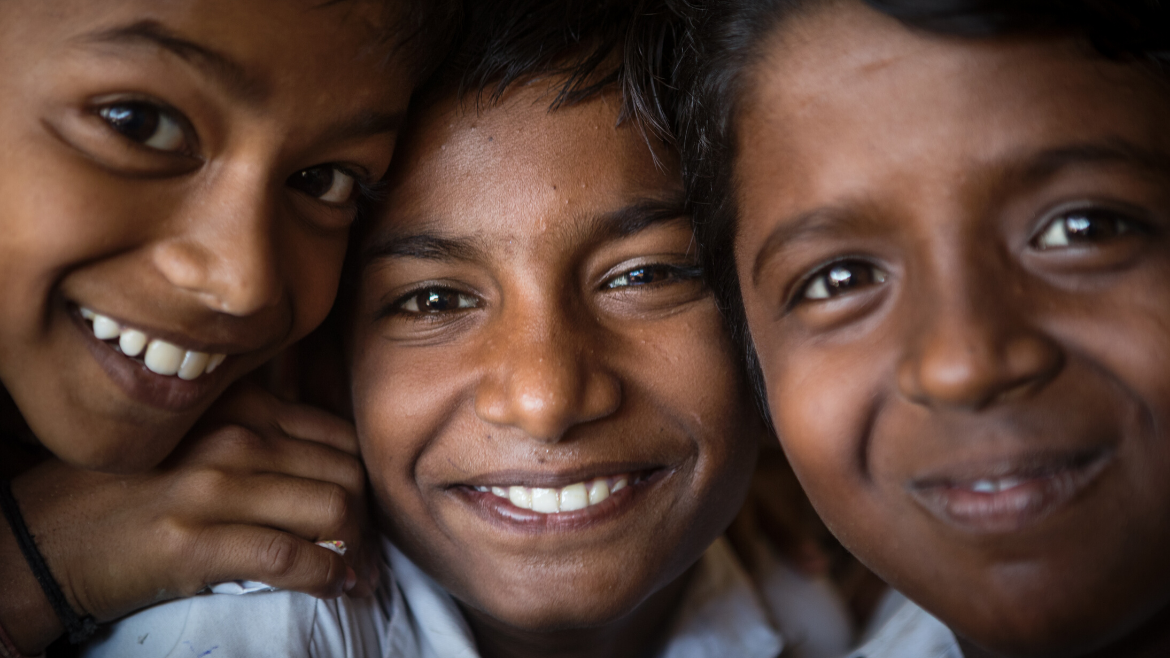Over the next ten years we can look forward to seeing an additional 1m children surviving cancer around the world. This success story will be achieved through the concerted efforts of multiple agencies to support implementation of the World Health Organisation’s global initiative for childhood cancer. This was announced in 2018 and aims to increase survival rates to at least 60% by 2030.
So where are we now? In high-income countries (HICs) much progress has been made through research into treatments and supportive care. In these regions long-term survival rates exceed 80% overall and reach 95% for some types of childhood cancers with the most favourable prognosis.
However, nearly 90% of the world’s children live in low- and middle-income countries (LMICs) where population-level survival rates are often unknown and timely access to diagnosis and care may not be available. Furthermore, it is estimated that over half of all cases are never diagnosed in some LMICs (see map)


Childhood cancer incidence deficit: % of expected cases diagnosed in each country.
Image courtesy of Dr Scott Howard, secretary general, International Society of Pediatric Oncology.
The good news is that the reasons for treatment failure are largely understood (see figure below). Research in LMICs, often conducted in partnership with HIC institutions, has shown that these can be overcome even in resource-limited settings. Implementing these “tried and tested” solutions requires the involvement of all stakeholders: governments, national health services and the multi-disciplinary clinical workforce. Representation from parents and cancer survivors and support from philanthropic foundations, civil society and the voluntary sector are also vital. Local clinical leadership is essential for the appropriate adaptation of diagnostic and treatment protocols to the available health service infrastructure and workforce.

Causes of treatment failure for children with cancer in high versus low- and middle-income countries.
Image courtesy of Dr Scott Howard, secretary general, International Society of Pediatric Oncology.
With careful planning and attention to detail, institutions are able to offer a trained multidisciplinary team that can aspire to cure more than 60% of children who present with the six most curable cancers: childhood leukaemia (acute lymphoblastic leukaemia); two types of lymphoma (Hodgkin’s and Burkitt’s); an eye tumour (retinoblastoma); a kidney tumour (Wilms tumour); and a brain tumour (low grade glioma).
Together, these six cancers make up nearly half of all childhood cancer in most LMICs and are highly curable with generic medicines, surgery for some and radiotherapy for a minority of patients.
Sustainable services require highly-trained specialist healthcare staff and reliable access to high-quality medicines. Globally, there is a problem with the availability of quality generic medicines. Drug shortages are common, even in HICs. Tackling shortages and stockouts will require the development of accurate forecasting methods and the implementation of creative solutions that involve multisectoral collaboration and partnership with manufacturers who could commit to supporting a quality-assured supply chain. Conversations among multiple stakeholders to achieve this global solution are ongoing.
Offering potentially curative treatments to children and young people with cancer plays a major contribution to life-years saved. Most survivors go on to take their place in society and lead fulfilling adult lives. Indeed, they may be motivated by their personal experience to pursue careers in the biomedical field. These young survivors and their families are increasingly involved in setting research priorities and supporting the international collaborative research that is essential to make further progress in optimising quality of survival.
The future, though, is positive. The rapid expansion of knowledge around genomics and the biomolecular drivers of childhood cancers is enabling healthcare systems to identify the most effective treatments for patients on an increasingly personalised basis.
Kathy Pritchard-Jones is professor of paediatric oncology at University College London and the current president of the International Society of Paediatric Oncology. She would like to thank Dr Carlos Rodriguez-Galindo, director of St Jude Global, and Dr Scott Howard, secretary general of the International Society of Pediatric Oncology, for contributing to this article.
The views and opinions expressed in this article are those of the author(s) and do not necessarily reflect the views of The Economist Group or any of its affiliates. The Economist Group cannot accept any responsibility or liability for reliance by any person on this article or any of the information, opinions or conclusions set out in the article.




